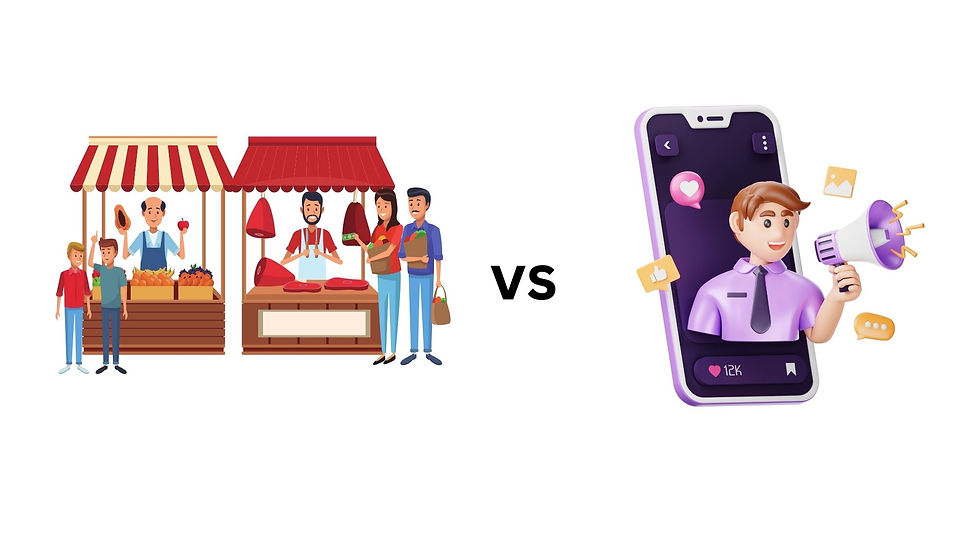What Makes Something Newsworthy vs. Just Sensational?
- Juneffer Binti Sabastian Goh
- Jun 13
- 3 min read

In today's fast-paced, click-driven digital world, it can be hard to distinguish between a truly newsworthy story and something sensationalized. Headlines scream for our attention, often blurring between what we need to know and what shocks or entertains us. But it's crucial to understand the difference between newsworthiness and sensationalism if you're in media, communications, or just someone who wants to be better informed.
Let's break it down.
What Does "Newsworthy" Mean?
A story is considered newsworthy when it has genuine importance, impact, and relevance to a broad audience. It follows journalistic standards and serves the public interest. Newsworthy stories usually fit at least one of these classic criteria:
Timeliness – Is it current or recent?
Proximity – Does it affect the local area or audience directly?
Impact – Does it affect a large number of people?
Prominence – Does it involve well-known individuals or institutions?
Conflict – Does it highlight opposing forces or viewpoints?
Novelty – Is it unusual or surprising in a meaningful way?
Human Interest – Does it tap into emotion or the human condition?
These stories aren't just thrown together to grab attention. They are grounded in facts, backed by evidence, and usually involve multiple perspectives. Think: new legislation, a breakthrough medical discovery, a major natural disaster, or a community event that changes lives.
What Is Sensationalism?
Conversely, sensationalism is about grabbing attention—often at the expense of accuracy, context, or relevance. These stories might exaggerate details, use emotionally charged language, or focus heavily on scandal, violence, or gossip.
Sensational content might start with a seed of truth but is often inflated beyond significance. The aim is not to inform but to entertain or provoke outrage, fear, or curiosity. Examples include celebrity breakups framed as global crises, crime stories blown out of proportion, or conspiracy theories masquerading as breaking news.
Newsworthy vs. Sensational: The Key Differences

Purpose: To inform and serve the public interest. To provoke, entertain, or emotionally manipulate
Tone Objective balanced Exaggerated, emotional, often biased
Facts Based on Verified Sources and Evidence: May use cherry-picked or unverified information
Longevity often has long-term significance. Short-lived, designed for instant reaction
Impact affects large groups or systems, may have little to no real-world consequence
Why the Difference Matters
When sensationalism takes the lead, journalism suffers. It contributes to public mistrust of the media, spreads misinformation, and distracts from the real issues. News should empower people with facts and context so they can make informed decisions, not lure them into emotional rabbit holes.
This is especially important in crises, election seasons, or public health emergencies. Sensationalism in these contexts can be dangerous, leading to panic, polarization, or harm.
For readers, recognizing the difference helps develop media literacy. For writers, it's a call to uphold ethical standards and choose stories that add value, not just noise.
Conclusion
A story might have a sensational element and still be newsworthy, but the key is in the intention and the delivery. Ask yourself: Does this story matter to people's lives? Is it presented fairly and truthfully? Will it still be relevant tomorrow?
If the answer is yes, you're likely looking at real news.
If not, it could be another flashy distraction in the endless scroll.
Want to develop better news judgment or write stories that matter? Let me know—I'd love to help you sharpen your skills or create content that cuts through the clutter.



Comments